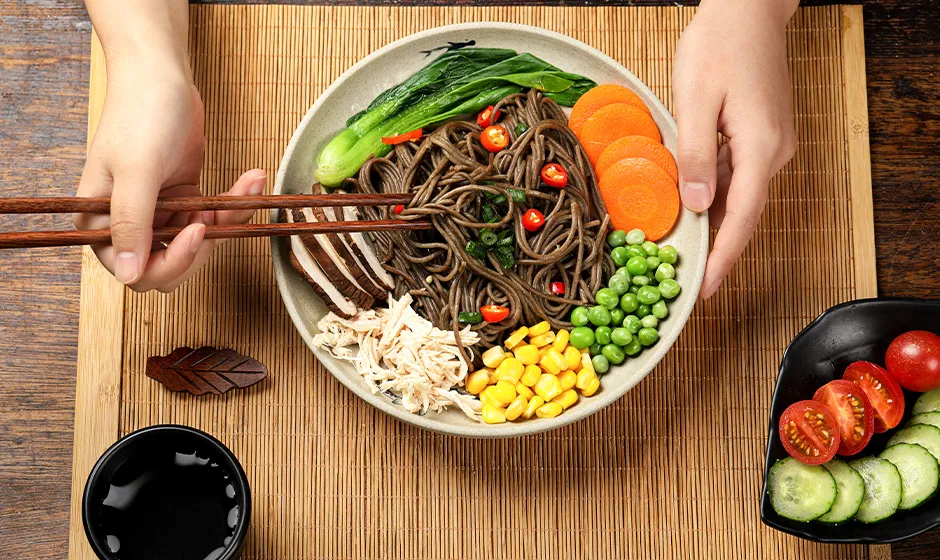thick egg noodles
The Delightful World of Thick Egg Noodles
Thick egg noodles, a staple in various cuisines around the globe, offer a delightful taste and texture that warms the soul and satisfies the palate. Their versatility and rich egg flavor elevate countless dishes, making them a beloved ingredient for chefs and home cooks alike. In this article, we will explore the origins of thick egg noodles, their culinary uses, and some tips for cooking them to perfection.
Origins of Thick Egg Noodles
Thick egg noodles have a long history in many cultures, particularly in Asia and Europe. In Chinese cuisine, they are known as zhong guo mian, and are often used in hearty soups and stir-fried dishes. These noodles are made from flour and eggs, which give them their distinctive rich flavor and chewy texture. They are typically wider than traditional egg noodles, which allows them to capture more sauce and ingredients, making each bite an explosion of flavor.
In Eastern European countries, egg noodles are a common feature in comfort foods. Known simply as egg noodles in many regions, they are frequently paired with rich sauces, meats, and vegetables. The thick, hearty nature of these noodles makes them an excellent complement to savory dishes, providing both substance and satisfaction.
Culinary Uses
The uses of thick egg noodles are virtually limitless. They can be boiled, sautéed, or even baked, making them suitable for a range of recipes. One popular dish is the classic chicken noodle soup, where the thick noodles soak up the broth's flavor, creating a comforting and filling meal. The pliability of the noodles ensures that they don’t become mushy, retaining their structure even after cooking.
Thick egg noodles are equally at home in stir-fry dishes, where their ability to hold onto sauces makes them a perfect vehicle for flavor. Tossed with vegetables, proteins, and a savory sauce, thick egg noodles create a well-rounded dish that is both nutritious and satisfying. The thickness of the noodles adds a hearty bite, making them a filling choice for dinner.
thick egg noodles

Another delightful use of thick egg noodles can be found in casseroles. Baked dishes with creamy sauces, cheese, and assorted ingredients benefit from the robust nature of these noodles. One popular casserole involves mixing thick egg noodles with creamy chicken, broccoli, and a blend of cheeses, then baking until bubbling and golden—a dish that promises both comfort and satisfaction.
Cooking Tips
To cook thick egg noodles to perfection, there are a few key tips to keep in mind. First, ensure you boil the noodles in generously salted water, which enhances their flavor. Cooking them until they are al dente is crucial; they should be firm yet fully cooked through. Be sure to check the package instructions for the recommended cooking time, as it can vary by brand.
Once cooked, drain the noodles immediately and rinse them briefly under cold water to stop the cooking process. This prevents them from becoming gummy and helps retain their desired texture. If they are to be added to a stir-fry or baked dish, it’s best not to rinse them, as the starch on the surface can help sauces adhere better.
When it comes to storing leftover noodles, it’s essential to toss them with a little oil to prevent sticking. Store them in an airtight container in the refrigerator, and they will typically last for up to three days. Reheating can be done with a splash of water to help steam them back to life.
Conclusion
Thick egg noodles are a wonderful addition to any kitchen, offering endless possibilities for culinary creativity. Whether used in a comforting soup, a vibrant stir-fry, or a cheesy casserole, they bring a sense of warmth and satisfaction to every meal. The next time you find yourself in need of comfort food, consider reaching for thick egg noodles—a simple ingredient that transforms ordinary dishes into extraordinary experiences. Exploring their depths will surely enhance your culinary repertoire and delight your taste buds with their rich flavor and hearty texture.
-
Unleash Your Inner Chef with Delectable Italian Pasta CreationsNewsAug.01,2025
-
Savor Health and Flavor: Irresistible Soba Noodles for Sale Await!NewsAug.01,2025
-
Nourish Your Body with Premium Organic Ramen - A Culinary Delight AwaitsNewsAug.01,2025
-
Elevate Your Dishes with Our Exquisite Kinds of Egg NoodlesNewsAug.01,2025
-
Dive into Flavorful Convenience with Our Ramen OfferingsNewsAug.01,2025
-
Discover Exquisite Types of Naengmyeon and Chilled Soba NoodlesNewsAug.01,2025
-
Is Whole Wheat Pasta Healthy?NewsMay.30,2025
Browse qua the following product new the we

















































































































